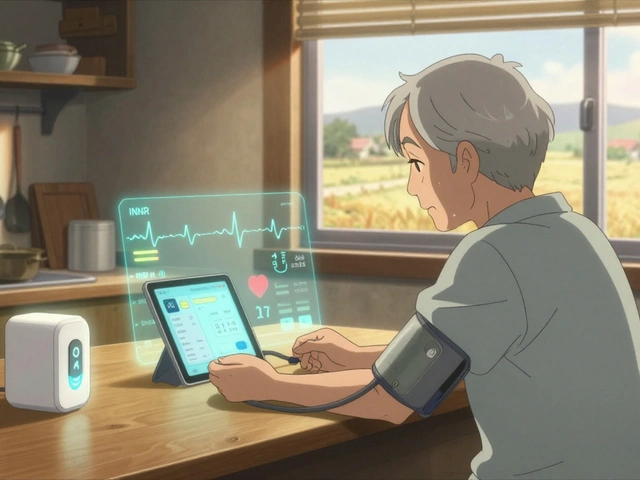Urine Leakage: What’s Causing It and What You Can Do Today
Ever leak a little when you cough, laugh, or rush to the bathroom? You’re not alone. Urine leakage, also called urinary incontinence, affects people of all ages and isn’t something you have to just live with. Below are clear, practical steps and explanations that help you understand why it happens and how to reduce or stop it.
What causes urine leakage?
There are a few common types of leakage, and knowing which one you have helps pick the right fix. Stress incontinence happens when pressure on the belly — like sneezing, lifting, or laughing — forces out urine. Urge incontinence is a sudden, strong need to pee and sometimes not making it in time. Overflow incontinence is when the bladder doesn’t empty fully and dribbles. Functional incontinence comes from mobility or memory problems that stop you getting to the toilet on time.
Causes include weak pelvic floor muscles (childbirth, aging), bladder overactivity, prostate problems in men, certain medicines, constipation, infections, and excess caffeine or alcohol. A simple bladder diary — jotting down drinks, bathroom trips, and leak moments — quickly shows patterns your doctor can use.
Simple steps to reduce leaks now
Start with habits you can change right away. Cut back on caffeine and fizzy drinks, because they stimulate the bladder. Spread fluids through the day instead of gulping before bed. If you’re overweight, losing even a few pounds can cut leakage. Avoid constipation — it makes pressure worse.
Pelvic floor exercises (Kegels) are the go-to self-help. To find the right muscles, try stopping your urine midstream — the squeeze you use is the pelvic floor. Do three sets a day of 8–12 slow squeezes, holding 5–10 seconds, plus quick squeezes to react to sudden urges. Keep breathing, don’t tighten your belly, and be consistent — results can take 6–12 weeks.
Bladder training helps with urge leaks. Decide on set times to go, then slowly push the time between visits by 10–15 minutes. Over weeks, your bladder learns to hold more.
Absorbent pads and discreet underwear help while you work on fixes. There are also non-surgical options like vaginal pessaries for women or urethral bulking agents a doctor can discuss.
If lifestyle changes aren’t enough, medication or procedures may help. Drugs that calm an overactive bladder or boost bladder storage exist, and doctors can explain side effects. For persistent stress incontinence, surgical options like sling procedures or nerve stimulation devices can be effective.
See a doctor if leaks start suddenly, if you have blood, fever, severe pain, or if leakage limits daily life. A basic exam, urine test, and bladder diary are common first steps. From there, simple treatments often make a big difference fast.
You don’t have to accept urine leakage as normal. Small steps—exercises, timing, and a few habit changes—often cut leaks a lot. If you want, start a bladder diary today and bring it to your next appointment.
As a blogger, I've recently delved into the importance of hydration in preventing urine leakage. Proper hydration plays a vital role in maintaining our bladder health and avoiding urinary incontinence. Drinking enough water helps to flush out toxins and bacteria that can lead to infections, which can then cause leakage. Additionally, staying hydrated ensures our urine is diluted, preventing irritation to the bladder lining. In conclusion, it's crucial to maintain a healthy intake of water to support our bladder's function and avoid any unwanted accidents.
Read more






